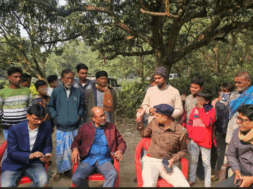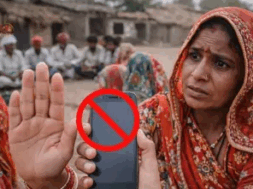
Livelihood: Millions of Indians no longer want a job, says CMIE
Virendra Pandit
New Delhi: Millions of Indians, including women, are no longer even looking for work unless they like it, according to a survey by the Centre for Monitoring Indian Economy Pvt Ltd, a Mumbai-based research firm.
Last year, the US-led West was hit by a viral phenomenon called the “Great Resignation” wherein millions of people in sectors such as hospitality had left their jobs without most of them finding a new one of their choice. Companies struggled to keep their workforce, and some also offered attractive packages, including paid holidays, to humour their staff.
In India, waves of Covid-19, that threw out millions from jobs and forced them to migrate back to their hometowns, were a major reason for joblessness. However, the government’s schemes for free ration and financial help saved millions of them from starvation.
But this free ration scheme also made some complacent as they declined job offers unless they liked it.
Also, several government schemes to promote self-employment have yielded good results.
Now, the new CMIE data suggests that millions of Indians, particularly women, are exiting the labour force entirely, the media reported on Monday.
As of now, over half of the 900 million Indians of legal working age—that is approximately the population of the U.S. and Russia combined—do not want a job, it said.
Between 2017 and 2022, the overall labour participation rate dropped from 46 percent to 40 percent. About 21 million women disappeared from the workforce, leaving only 9 percent of the eligible female population employed or looking for positions.
Competition for government jobs is, however, fierce as these jobs are usually stable and carry several benefits.
India needs to create at least 90 million new non-farm jobs by 2030, according to a 2020 report by McKinsey Global Institute. That would require an annual GDP growth of 8 percent to 8.5 percent.
A decline in the labour force had started even before the pandemic hit India in 2020. For example, when the government banned most currency notes in higher denominations in 2016 to stamp out black money, the economy sputtered. The roll-out of a nationwide Goods and Services Tax (GST) also posed another challenge. India has since been trying to adapt to the transition from an informal to a formal economy.
Most of the unemployed Indians are often students or homemakers who survive on rental income, the pensions of elderly household members or government transfers. Many women remain jobless because of reasons like safety or household work. Although they represent 49 percent of India’s population, women contribute only 18 percent of its economic output, which is about half the global average.
To address the problem, the government is taking measures such as raising the minimum marriageable age for women to 21 years. This could improve workforce participation by freeing women to pursue higher education, learn new skills, and find a career, according to a recent report from the State Bank of India.














